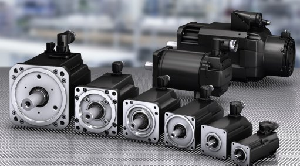Single line diagram of a typical AC Power supply system
Single line diagram of a typical AC Power supply scheme with electrical power generation, Transmission and Generation
Electrical energy from a generating station is transmits & delivers to the consumer’s by using transmission system and distribution system.

Power Supply System Consist of Following Stages:-
- Generating station: Electrical energy produced in generating station by alternators. The usual generating voltage is 11 KV. For economy of transmission of power, the generating voltage is stepped up to 132 kV or more at the station with the help of 3 phase step up transformers.
- Primary Transmission: The electrical power at 220 kV is transmitted by 3 phase 3 wire overhead system to the outskirts of the city. This forms the primary transmission.
- Secondary transmission: primary transmission line is connected to the Receiving Station. At the RS voltage is step-down to 132/66 kV using step don transformer and that voltage is supply to the substation through the transmission line of 3 phase 3 wire system, it’s known as secondary transmission.
- Primary distribution: The secondary transmission line is terminates at the substation. Where Voltage is step-down to 11 kV using step down transformer and that voltage is supply to the distribution substation through the transmission line of 3 phase 3 wire system. 11 KV is directly given to the HT(high tension) consumer like industrial area, known as a primary distribution line. Electrical power from primary distribution line is deliver to the various distribution stations is located near to the consumer area.
- Secondary distribution line: In distribution substation, the voltage is step down 11KV to 400 V or 230 V by Transformer, that voltage is deliver to the consumer or load center that known as secondary distribution line. Secondary distribution system is 3 phase, 4 wire system.



Recent Comments